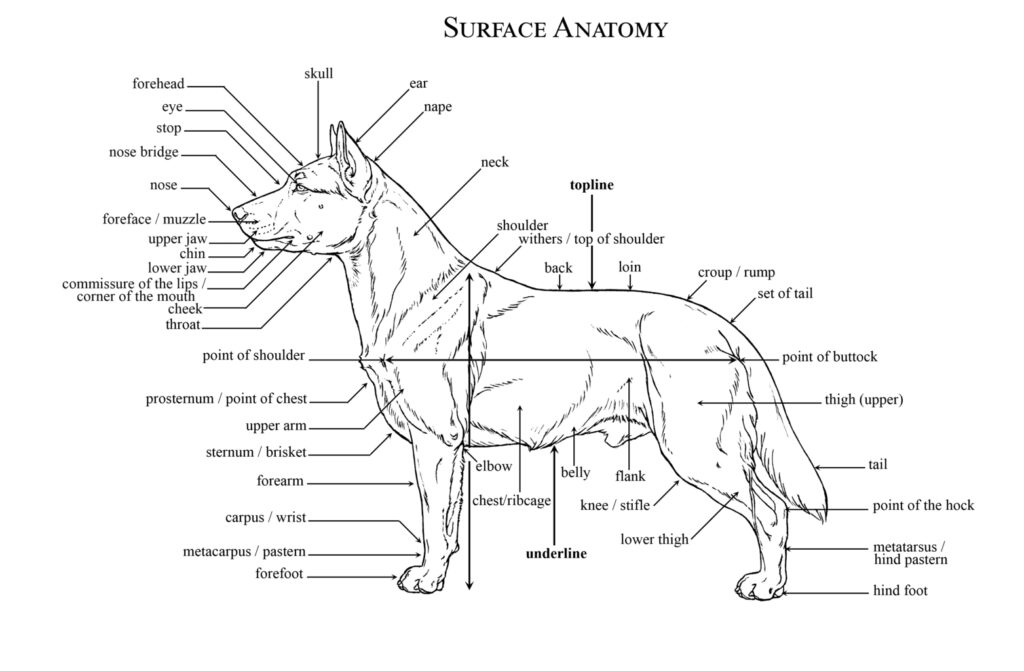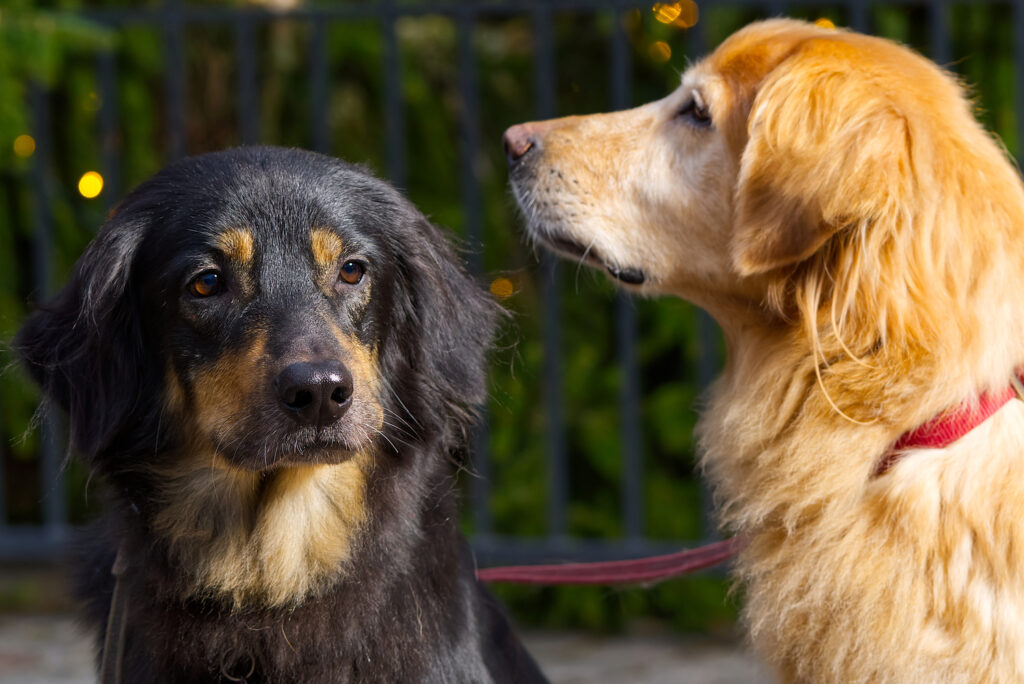Health

Hovawarts live to be estimated to be 11-13 years old (single to 16 years old)
Hovawart is a medium-sized, relatively healthy breed and rarely has any problems with other breeds of the same size. However, hip and elbow dysplasia may occur (HD and ED), are controlled by pre-breeding controls.
Timely changes in joint development provide better treatment options and the ability to prevent osteoarthritis in the joints.
Changes in the hip joints can be seen and diagnosed from the age of 3-3.5 months. The most accurate and comprehensive picture of the hip joints is obtained at the age of 3 years.
Breeding dysplasia is performed at 18 months of age.
The initial changes in the development of elbow dysplasia occur at 3.5 to 4 months of age.
Read more...
However, the puppy's diet and lifestyle are also very important in the development of the joints, so a balanced diet and age-appropriate activities and advice from the breeder are very important.
In addition to joint symptoms, there may be:
HÜPOTÜREOOSI (hypothyroidism)
Thyroid disease in pets is the same as in humans.
Hüpotüreoos means that the thyroid gland does not produce enough of the hormones that the body needs to metabolize, grow and develop. The severity of your symptoms depends, among other things, on how much hormone production is already limited and how much hormone deficiency has progressed. Hypothyroidism affects the whole body and slows it down.
Hypothyroidism may be indicated by: weight gain despite the same amount of food, tiredness, thinning of the hair, drop in body temperature, frequent ear infections and skin infections caused by bacteria or yeast, temperature sensitivity.
Thyroid dysfunction is diagnosed by a veterinarian measuring blood levels of the thyroid hormone thyroxine and deciding on replacement therapy.
KATARAKTI (or gray cataract)
Not all cataracts are hereditary, they can also be caused by trauma or metabolic diseases.
Cataracts are one of the few inherited eye diseases that can be treated. The treatment is to remove the opaque front of the lens and insert the implant into the lens capsule.
Eye examination every two (2) years is recommended.
DEGENERATIIVSET MÜELOPAATIAT (DM-degenerative myelopathy)
Hereditary progressive spinal cord disease, which can occur in dogs of any breed and not in old age, is characterized primarily by hindlimb coordination, sometimes beginning in one or sometimes both legs, and manifested by unsteady gait or dragging of the hind legs or the appearance of arthritis.
Later, weakness of the hindquarters occurs, the dog can no longer stand. Then there is paralysis of the hind body, which spreads higher and higher over time and always ends in death, which usually occurs as a result of respiratory arrest.
DM is a genetically transmitted disease.
The susceptibility of DM to disease can be determined by genetic testing.
RASVAST ADENIITI (Sebaceous adenitis).
An autoimmune disease found in some dog breeds, including the Hovawart. It is characterized by inflammation and subsequent destruction of the sebaceous glands. Fatty adenitis is not curable, but the symptoms can be relieved by intensive treatment. This disease has so far been underdiagnosed in dogs. Genetic risk factors for sebaceous sebaceous adenitis in Hovawart are being studied with the aim of developing an appropriate genetic test.
Ask the litter breeder about the health examinations of the puppy's parents and ancestors!
Gastric torsion may occur in dogs with deep and narrow thorax.
What is gastric torsion?
In English gastric dilatatsion volvulus or GDV) usually caused by the enlargement of the stomach due to large amounts of food, where food and gas in the stomach cannot escape. As the stomach expands, the pressure on the stomach increases. In addition to the enlargement of the stomach, the stomach can also wrap around its axis, and this condition is life-threatening for the animal.
Gastric dilatation and twisting can also be caused by foreign bodies in the stomach (stone, cone, piece of toy).
Proper eating habits can help reduce the risk of stomach upset (daily diet divided into 2-3 meals at regular times, not fed immediately after a walk / workout, stress-free and calm environment during eating, the dog should not eat for at least 6 hours before intense training). It is also important that the dog always has access to water so that he does not drink when drinking water.
Unfortunately, following all precautions does not preclude gastric enlargement and twisting. It is very important to recognize the symptoms and provide immediate help.
The main symptoms of stomach upset are abdominal pain. The dog stands in a position without any direct cause that indicates discomfort. Abdominal distension, weakness, apathy, dyspnoea, flushing, dehydration and vomiting may also occur, but may not be excreted by the dog. Nearly half of dogs with stomach upset have heart rhythm problems that can become life-threatening. You may experience a sudden thirst for drinking. The dog is restless, often lies down and changes places. The gums turn pale pink. In a very serious condition, the animal has weakness, a weak pulse, and loss of consciousness.
Be sure to see a veterinarian as soon as possible for help!
In addition
As the Hovawarts are very fond of swelling, care must be taken to ensure that no skin infections occur.

Attention must also be paid to mental health.
Because the Hovawart is cautious about strangers by nature, he definitely needs socialization as a puppy to grow into a balanced and confident dog.
